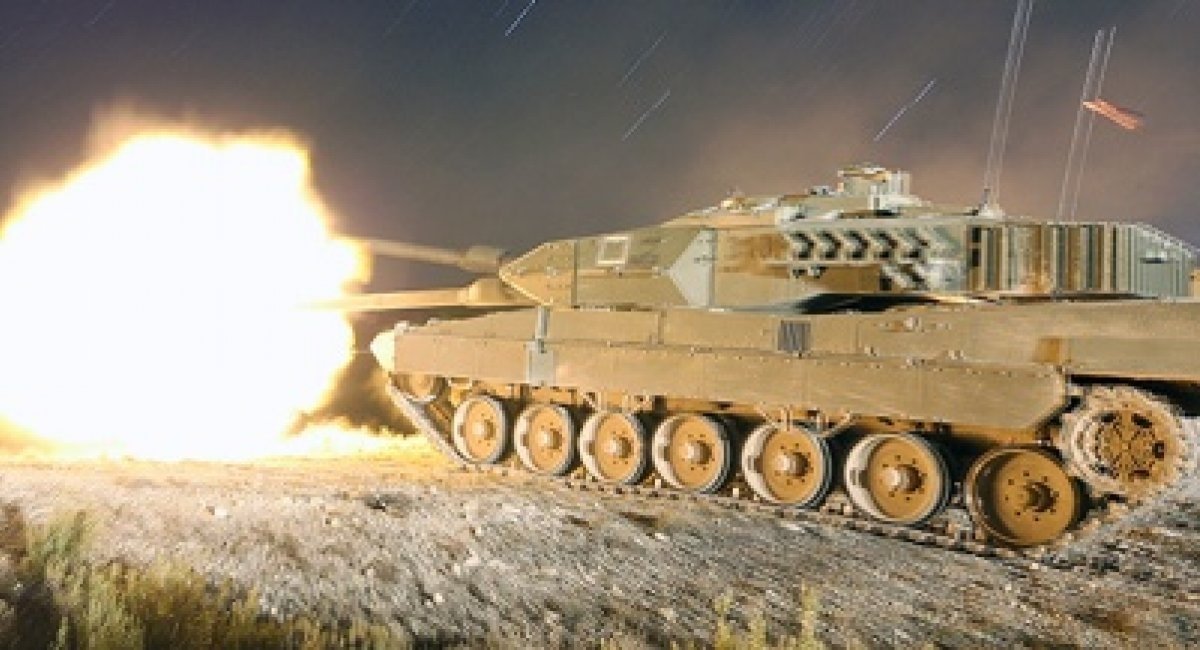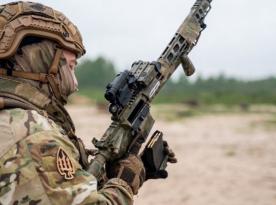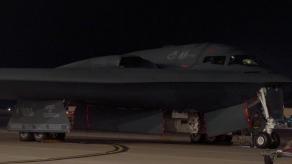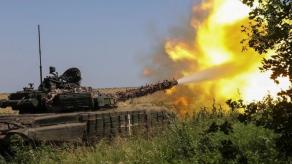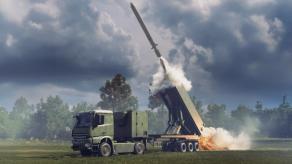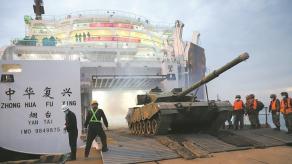As of today, Spain is one of the countries that is failing to meet NATO's requirement of spending 2% of GDP on defense. At the same time, earlier this month, the country's Prime Minister, Pedro Sánchez, announced a plan to invest €10.5 billion in the military, which is expected to help Spain eventually reach NATO's defense spending benchmark.
This was reported by Breaking Defense. Commenting on the additional funds, Sanchez said that one of the goals of the plan is to make the country a "central and reliable" member of the EU and NATO.
Read more: Delays in Australian M1 Abrams Transfer to Ukraine Show the Problem is Much Deeper
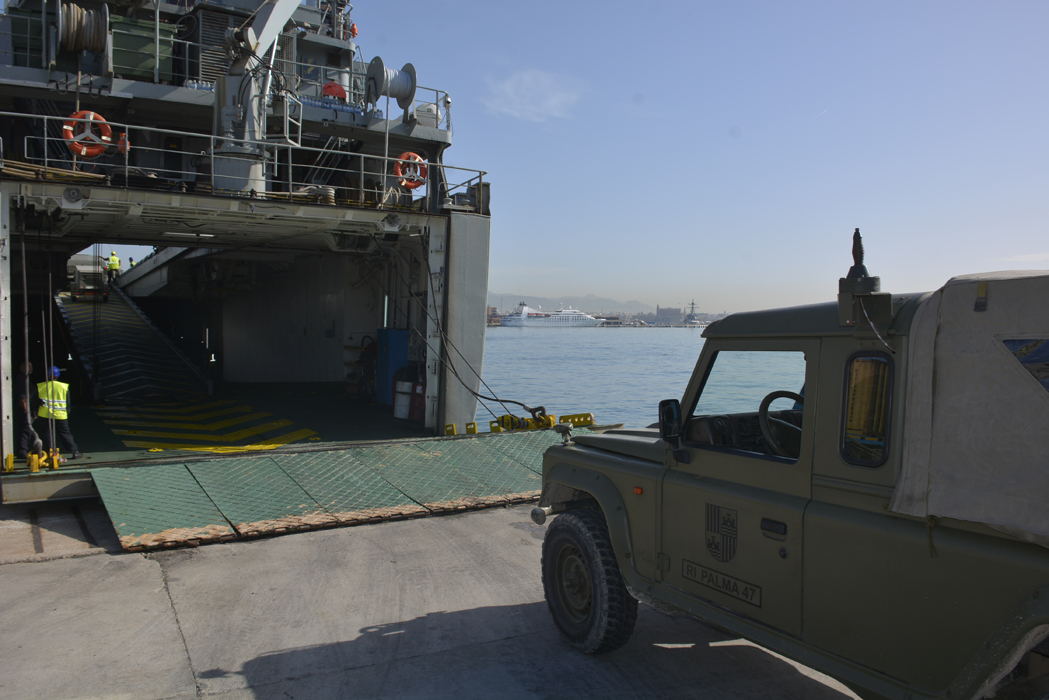
At the same time, the key question is how these funds will be allocated. 35% percent of the total amount will be allocated, first, to improving "working conditions and training of troops and sailors", and second, to military equipment. However, it remains unknown what weapons are planned to purchase with these funds.
Another €3.26 billion will be spent on the so-called "digital shield". This includes the purchase of satellites and radars, telecommunication systems, cloud technologies, 5G, etc.
Another €2 billion of the total amount will be spent on defense and deterrence equipment. The specific acquisitions remain unknown, though the funding is expected to include investments in systems such as air defense.
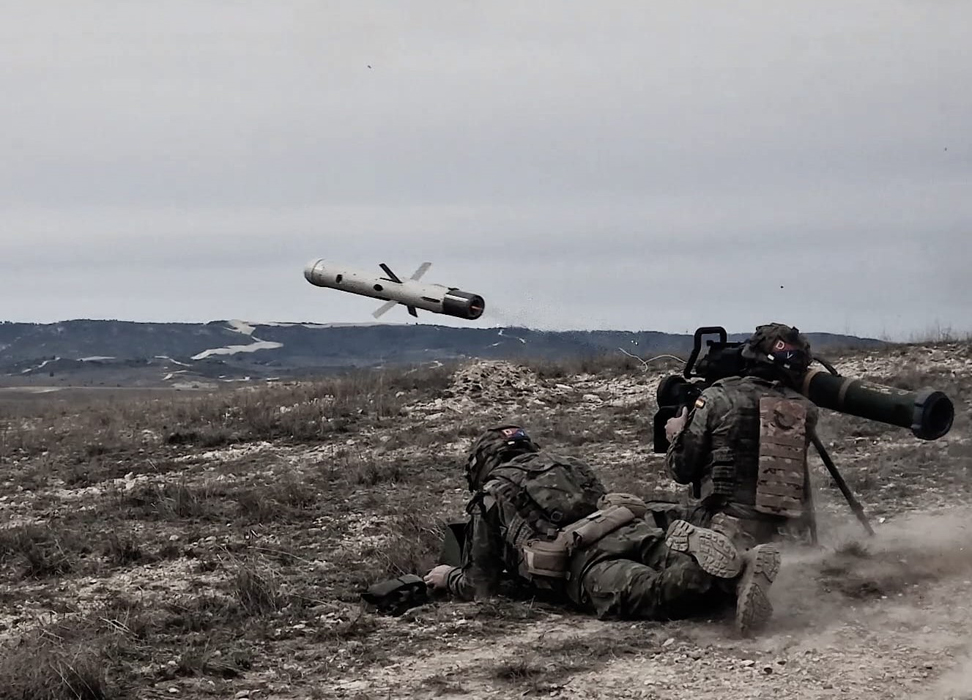
About €1.7 billion will be spent on "dual capabilities". In other words, it is about financing the army's ability to participate in rescue operations during natural disasters in the context of climate change. We are talking about the purchase of helicopters, bridgelayers, tanker aircraft, etc.
The remaining funds, less than 4%, will eventually be allocated to improving conditions for military personnel involved in peacekeeping missions.
Earlier Defense Express reported that Spain had supplied Ukraine with 200 million euro in shells and mines.
Read more: Norway Enters a "New Era" of Armed Forces: JSM Missiles to Strike Ships and Key Targets Without Allied Support




